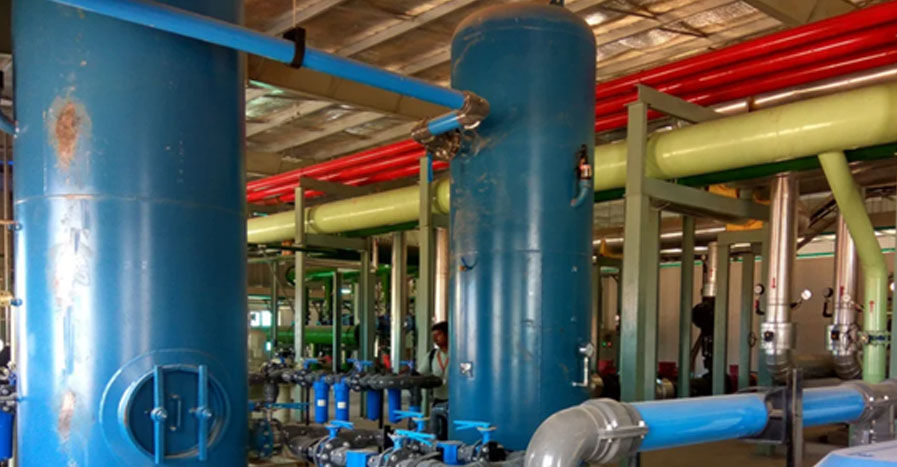
Pressure Vessel/Pressure Piping Inspection
Pressure vessel is a container or vessel that holds a pressurising fluid, either a gas or liquid, which is subject to internal or external pressure. When they are under pressure or Vacuum, Pressure vessels are potentially dangerous sound they fail which may leads to catastrophic failure. Pressure vessels Hazard level is categorised as Hazard Level A, B, C, D and E.
To comply with Law, Legislation and standards the pressure vessels require registration based on their Hazard level. Hazard Level A, B, C and D requires Design registration and Hazard Level A, B and C requires Plant (Item) registration. Base on the inspection frequency highlighted in Table 4.1 of AS3788;2006,this standard recommends AICIP certified inspectors as one of the authorities for inspection and certification of pressure equipment.
The Failing to inspect pressure equipment in accordance with the applicable Australian standards may result in a fine. It’s the pressure vessel owner’s responsibility to ensure all pressure equipment in use is certified as “Safe to Operate” and registered with the appropriate regulatory authority within their legislation.
We at Reach Asset care we have a team of inspectors who are AICIP, API Certified, skilled with extensive knowledge in the failure mechanism associated with the pressure vessels. Our Inspectors carry out the inspections with latest technology and equipment to find out the defect, non-comply issues. Following inspection, we provide a comprehensive report which are not just summaries, they offer a detailed breakdown of the data and insightful conclusions and will advise the client with practical solution to resolve the issue.
Type of inspection with Pressure vessels
we carry out:
Statutory inspection
Commissioning inspection
Periodic In-service inspection
Corrosion Under Insulation (CUI)
Risk Based Assessment
Development of inspection and testing strategies guided by risk-based inspection principles.
Inspection and Test Plane (ITP)
Corrosion Mapping using Ultrasonic Thickness scanning
Equipment we inspect:
Air Receivers
Air/Oil Seperator Vessel
Hydraulic Accumulators
Compressed Air containing Vessels
Heat Exchanger
Boilers
Pressure Piping
And other processing vessels
Method we use:
Visual Inspection
Ultrasonic Thickness Testing (UTT)
Standards we follow:
AS/NZS 3788
This standard specifies the minimum requirements for in-service inspections and fitness for service of pressure vessels, and associated equipment like safety control and give a guidance for the requirement of carryout repairs, modifications, alterations and rerating of the vessel.
AS1210
This standard specifies the requirement of Design, Material, fabrication, Examinations, Conformity assessment, commissioning, pressure testing, operation, inspection, maintenance, repair, alteration and disposal of pressure equipment
API510
This standard from American Petroleum Institute covers the In-Service inspection, repair, alteration and rerating of the pressure vessels and pressure relive devices
ASME VIII
This is a Part pf section of ASME (Boiler and Pressure vessel Code) standard from American Petroleum Institute covers the minimum requirement of design, material fabrication, testing, inspection for both fired and unfired Pressure vessels

